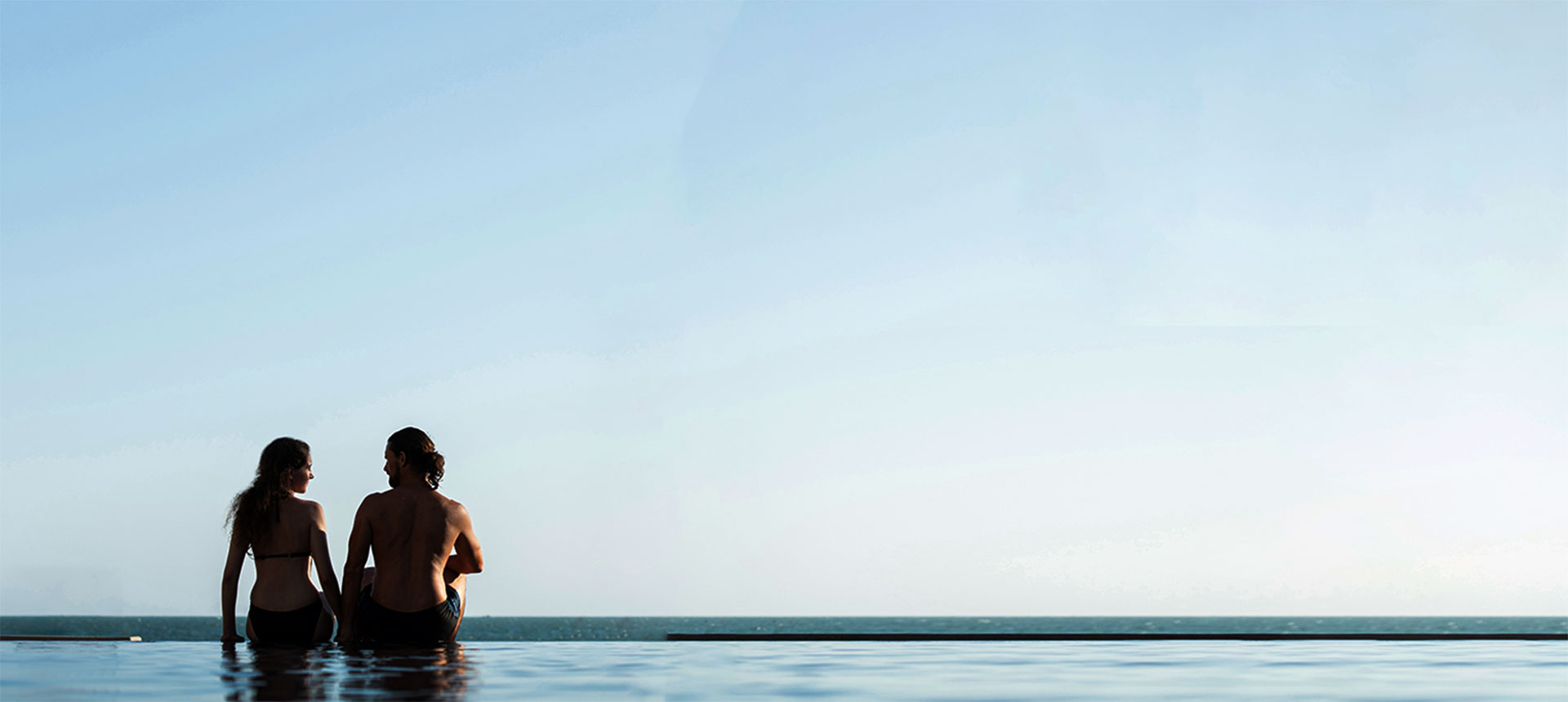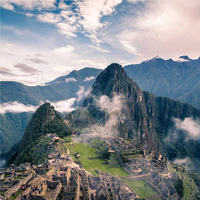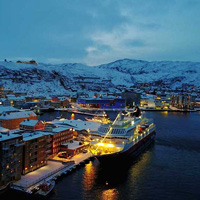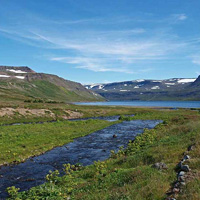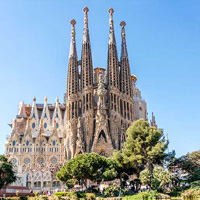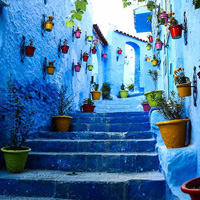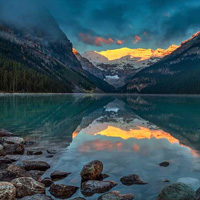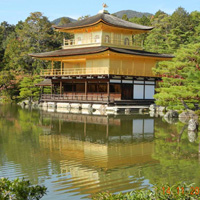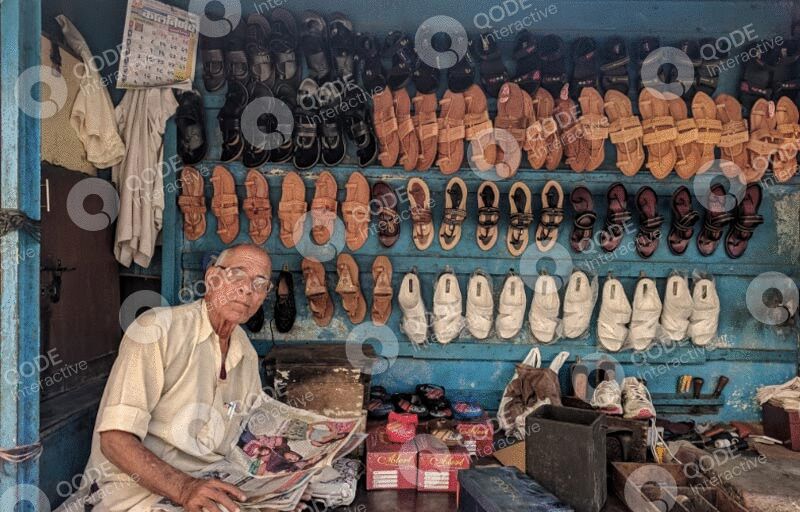The Country That Travels Within You
Moroco is elegantly located between Europe and Africa, creating an alluring mix geographically and culturally. French, Spanish, Portuguese, and tribal influences have left their mark on Morocco’s language, architecture, food and traditions. Visitors will find Morocco to be familiar and exotic, laid back and vibrant, deeply traditional and modern all at the same time.
Travelling in Morocco is a once in a lifetime experience.
Here are the best things you should definitely try to do while on vacation in Morocco. Activities include a relaxing scrub at a local hammam, a cooking class, skiing, surfing, and getting lost trying to find the Fes tanneries. Eat a kebab alongside snake charmers in the Marrakech medina and stroll the blue streets of Chefchaouen. Read on to discover these things and many more.
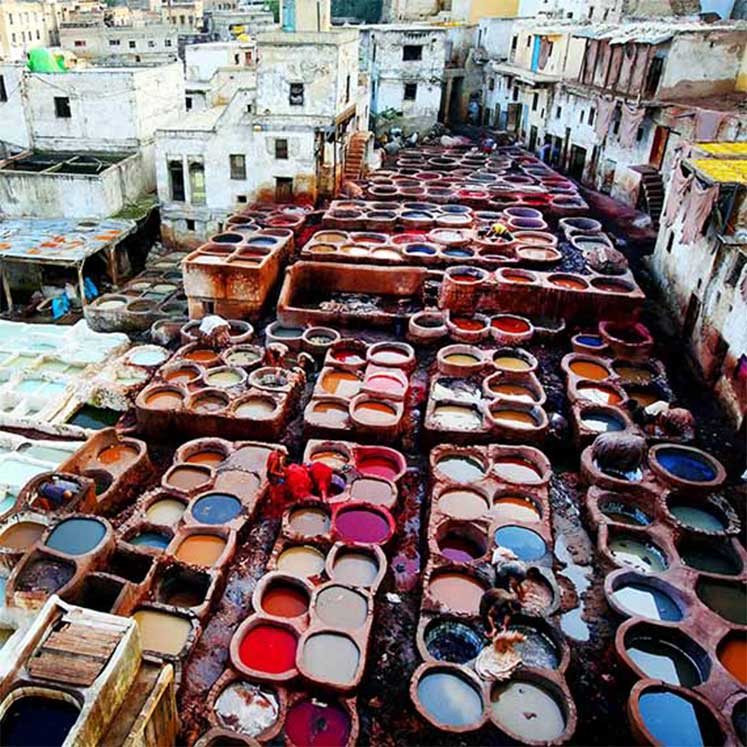
Visit the Tanneries in Fes
Fes is famous for its leather products and most of them come from the leather bazaar (souq) in old Fes. The tanneries have been in operation since medieval times and little has changed, which makes them absolutely fascinating to visit.
To see the tanneries, you have to head into a leather shop filled to the brim with handbags, jackets, and slippers. This is not just an excuse for your guide to make a commission off of your visit; the best views are from these shops. Sprigs of fresh mint are essential when you visit the tanneries since the animal hides are stinky, and the pigeon poop they’re treated in doesn’t help.
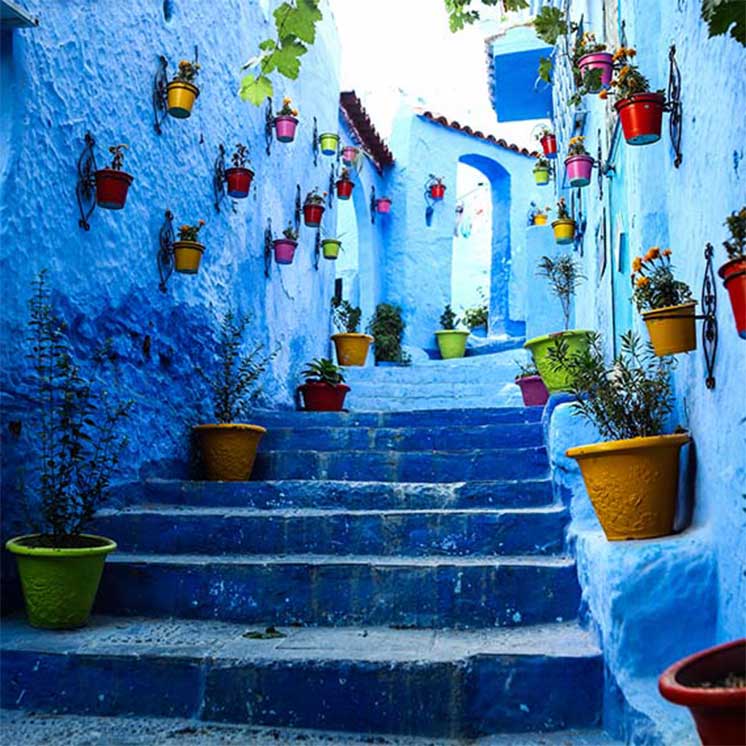
Stroll Through the Blue Streets of Chefchaouen
Chefchaouen is situated in the heart of Morocco’s Rif Mountains. Chefchaouen (sometimes called Chaouen) is relaxed, with very affordable accommodations, and above all, quite stunning to look at. The streets and most of the buildings in the old part of town (medina) are painted a most brilliant sky blue. The mountains which you can see at the end of every cobbled street are rugged and majestic. The clear mountain light just adds a magical touch to the place. It’s a wonderful place to stroll, shop, and sip mint tea in Morocco; the key thing is to avoid the Spanish tourists who have discovered its charms.

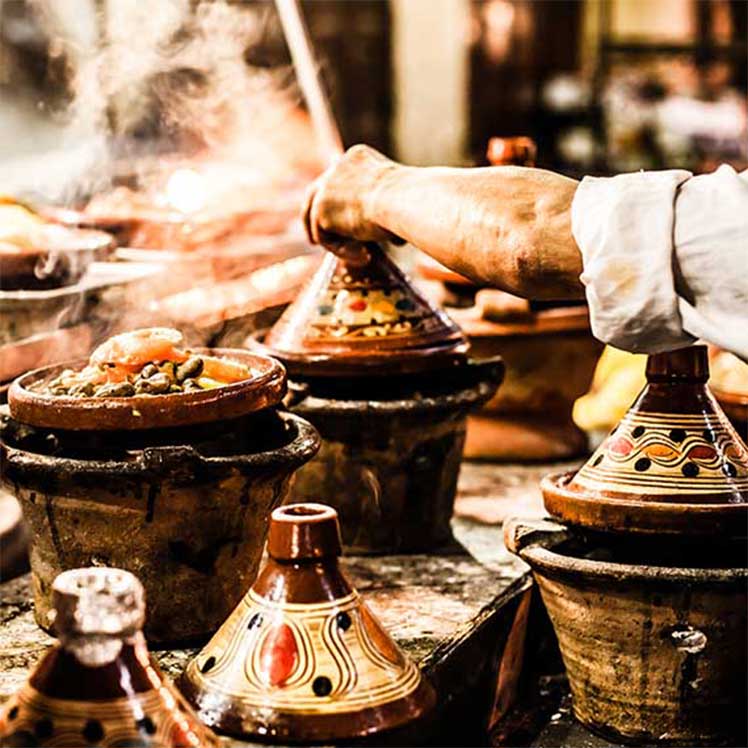
Learn To Cook Traditional Moroccan Food
The cuisine of Morocco has been influenced by native Berber cuisine, Arabic Andalusian cuisine, Turkish cuisine, and Middle Eastern cuisine brought by the Arabs. French influence came later and the fusion between traditional Moroccan and French cuisine is at the heart of many of the fine-dining experiences in Morocco today. Several Riadsoffer cooking classes in Marrakech, Fes, and Essaouira. Typically, a half-day cooking workshop will offer you the chance to purchase fresh ingredients from the market, and then make a traditional tagine and a couscous dish. It’s a lovely way to immerse yourself in Morocco’s culture.
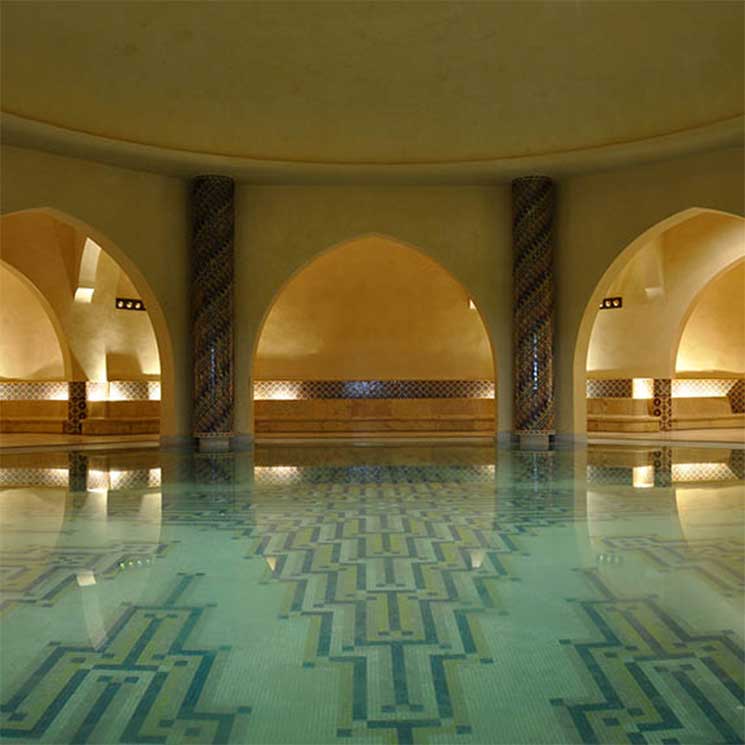
Steam in a Traditonal Hammam
The hammam is a public steam bath in Morocco. Hammams used to be the only place people could come to bathe and scrub since a private bathroom in a house or apartment was a luxury few could afford. There are fewer hammams now since modern plumbing means people can bathe in their own homes. Getting a good scrub at a local hammam is a wonderful, eye-opening cultural experience. It offers women travelers, in particular, a good chance to meet and chat with local women. There are upscale hammams in Riads and luxury hotels that offer more Western style massages and scrubs while still using local products. For a more immersive experience, go to the working class variety, usually found near mosques.

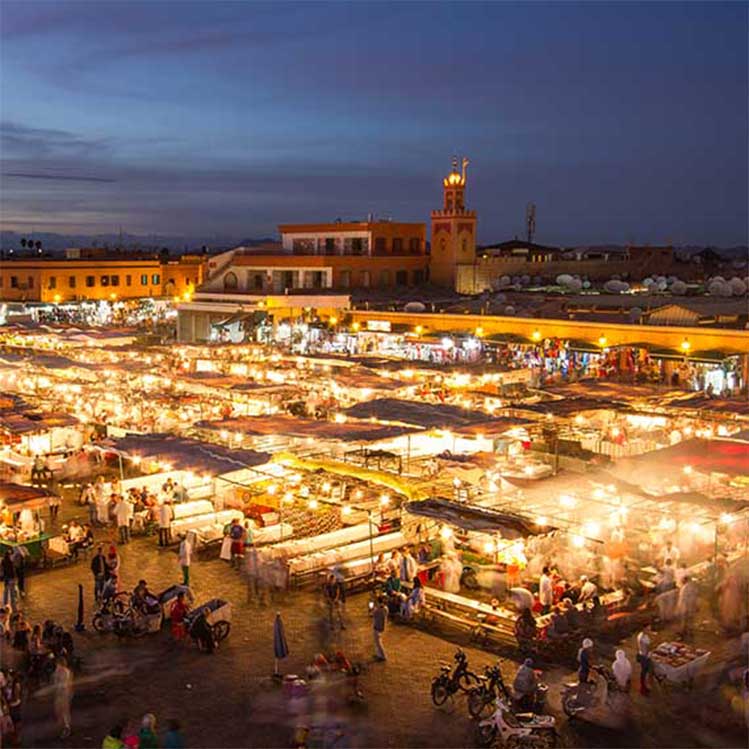
Have Dinner at the Djemma el Fna
The Djemma el Fna is really the heart of Marrakech. It is a large central square in the old city (Medina). At the end of the afternoon, the Djemma el Fna transforms into an entertainers paradise—if you’re into snake charming, juggling, music and that sort of thing. Snack stalls are replaced with stalls offering more substantial fare and the square comes alive with entertainment that hasn’t changed much since medieval times.
The Djemma el Fna is surrounded by cafe’s overlooking the square so you can just relax and watch the world go by if you’re tired of jostling the crowds below. Be prepared to be asked for money when you take photos of the performers and stop to watch the entertainment.
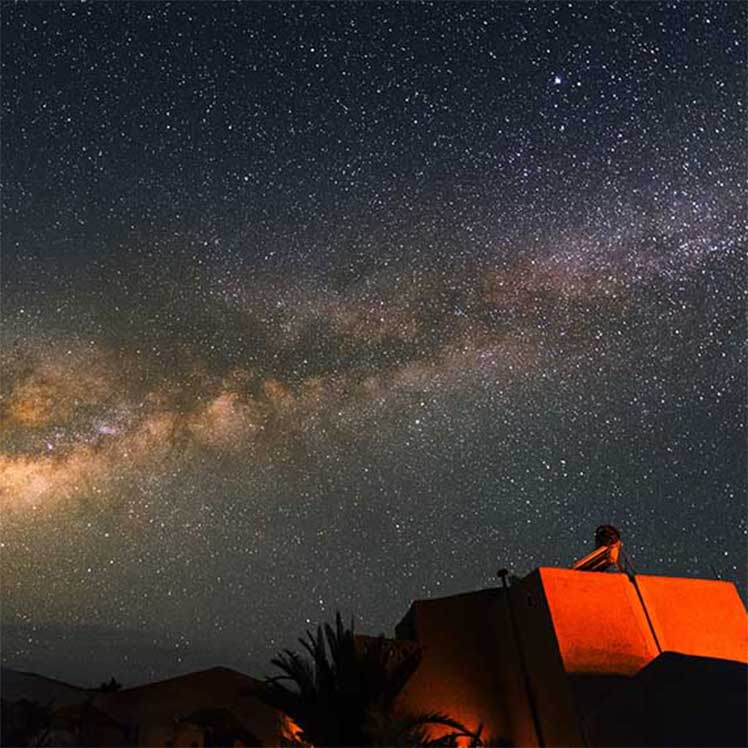
Overnight in the Sahara Desert
Morocco’s Sahara desert is a magical place to spend a few nights. The most popular area to explore is the breathtaking Saharan sandscape in a little place called Merzouga, just south of Erfoud. The Erg Chebbi dunes may look familiar if you’ve seen SATC2, The Mummy, or Sahara. The Erg Chebbi is about 450 miles from Marrakech. There’s a small airport about 80 miles from Erfoud, with twice weekly flights from Casablanca. The best way to get around and explore is by camel, although 4x4s are popular if you fancy yourself a rally driver.

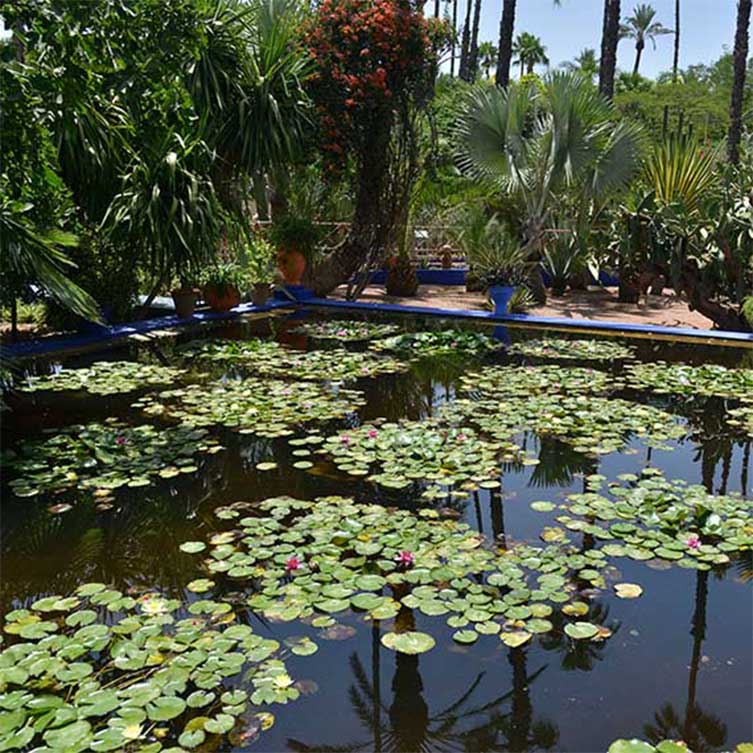
Find Peace in the Majorelle Gardens
The Majorelle Gardens in Marrakech are filled with rare plants, bright colors, and peace. The botanical gardens are situated northwest of the Medina of Marrakech, about a 30-minute walk. (Stop by the wholesale market en route to see mountains of dates, nuts, and grains getting bought and sold).
The Majorelle Gardens were designed by a French painter Jacques Majorelle who settled in Marrakech in 1919. In 1980, Pierre Bergé and Yves Saint Laurent repurchased the gardens and faithfully restored them. Majorelle’s workshop is now a small Museum dedicated to Islamic Art. Yves Saint Laurent died in June 2008 and had his ashes scattered in the Majorelle Gardens.
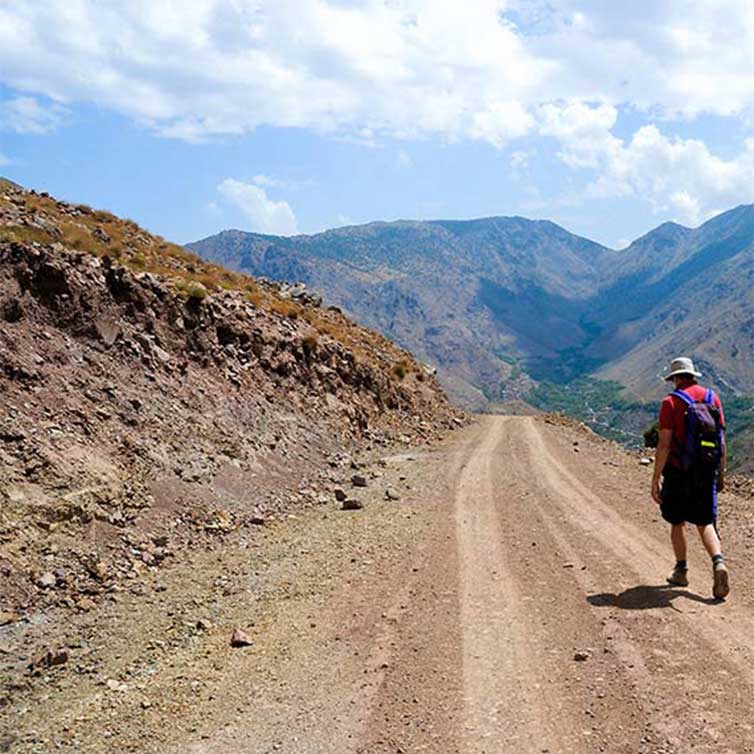
Trek the High Atlas
The Atlas Mountains stretch over 1500 miles, from Morocco’s West Coast to Tunisia. The High Atlas in Morocco is home to North Africa’s highest peak, Jebel Toubkal (4,167 m). Most treks start from Imlil, an hour drive from Marrakech. You can trek year-round, but the best time to go is April-May. There are simple accommodations available and you don’t have to go with a guide, but it is recommended.
The Ourika Valley offers the perfect day tour from Marrakesh. The Ourika Valley slopes gently alongside the Ourika river, resulting in beautiful views from small Berber villages. The Ourika Valley ends in Setti Fatma, home of the Seven Waterfalls. It’s also possible to combine this trek with a visit to the magnificent Ksar Ait Ben Haddou.

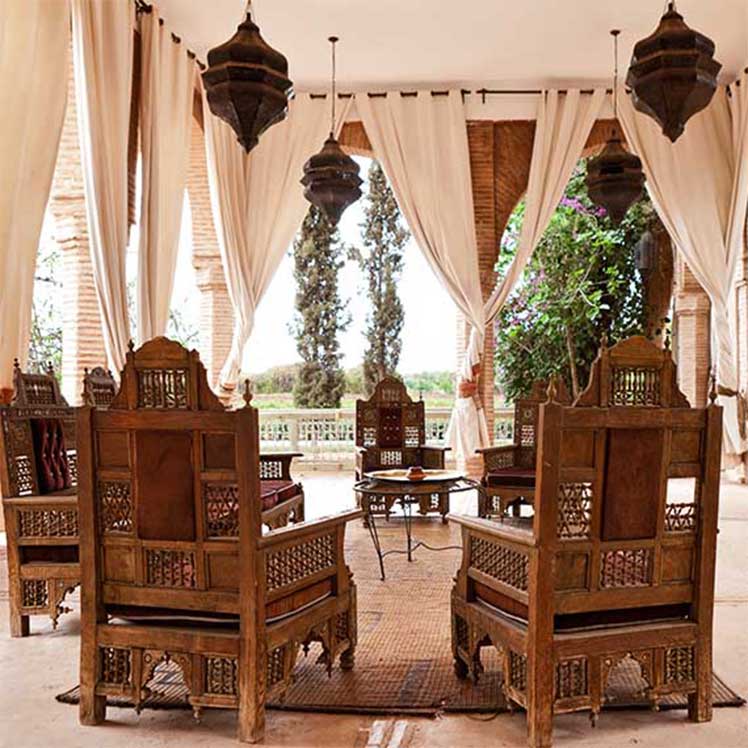
Stay in a Riad
Riads are traditional homes converted into hotels, and I would never stay anywhere else when visiting Morocco. Most are situated in the walled cities of Fes and Marrakech, so you are right in the heart of the bustle. Inside, Riad’s are simply beautiful, tiled masterpieces of architecture. Most will have a fountain in the center of a courtyard, with the rooms built on two levels or so above. Check into the option of a rooftop terrace for breakfast, a lovely way to start the day, overlooking the alleys and minarets. If you’re visiting Morocco in the summer, opt for a Riad with a pool or plunge pool to cool off in the heat of the mid-afternoon.
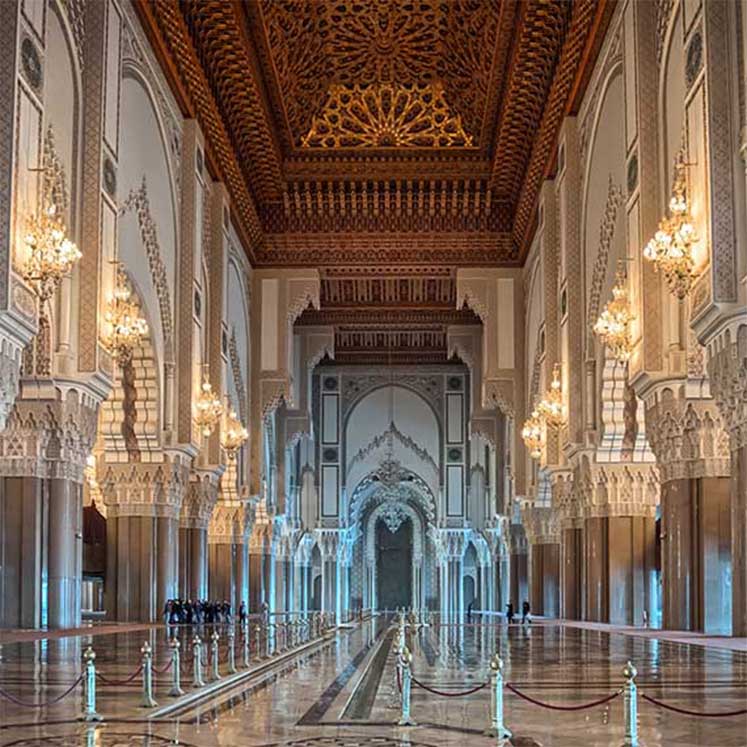
Visit the Hassan II Mosque in Casablanca
Casablanca is often just a quick one nighter for most people visiting Morocco. But that should be just enough to nip into a petit taxi and head to the Hassan II Mosque. It took 6,000 traditional Moroccan artisans, five years to build this magnificent mosque, with its intricate mosaics, stone and marble floors and columns, sculpted plaster moldings, carved and painted wood ceilings. It’s the largest mosque in the world, with room for more than 100,000 worshipers.
It’s really quite something to spend an hour or so walking around. Non-Muslims are not allowed inside, but there’s plenty to marvel at on the outside. Unfortunately, the sea air is not being kind and it’s very expensive to maintain. Hopefully, its beauty will continue to hold up.

Where To Next?
Wanderlust Wonders: Exploring Must-Visit Travel Destinations
Follow Us On Instagram
Check out our Instagram page for a glimpse into our world!

